Supplement your tacos and brisket with plenty of flora and fauna.
6 Natural Wonders to Discover in Austin, Texas
There is more to Austin than really, really, really good tacos and barbecue. The city is also home to a smorgasbord of natural wonders, many of which are free to enjoy. So burn off your breakfast tacos or brisket by swimming and strolling among Austin’s diverse wildlife and plants.
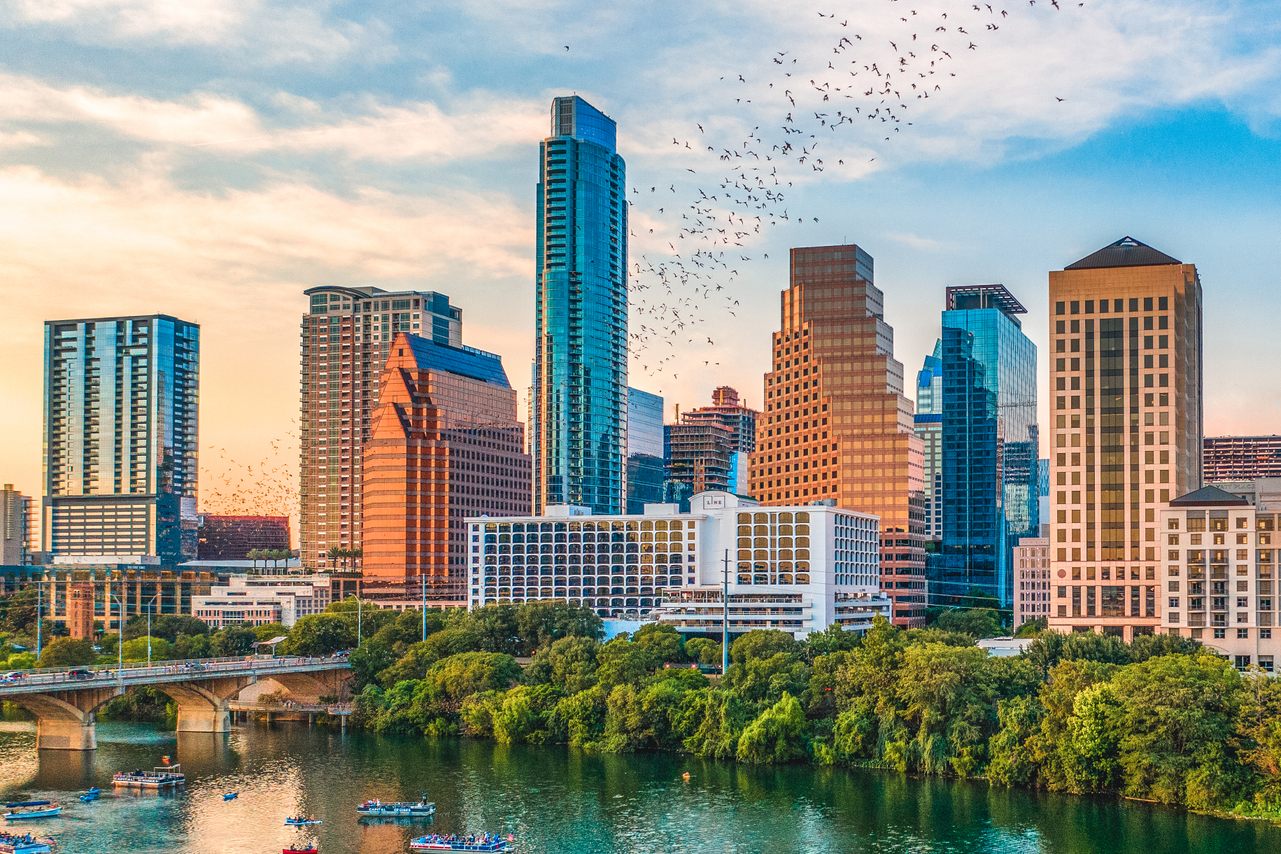
1. Congress Avenue Bridge
There are no bad spots from which to view the flight of 1.5 million Mexican free-tailed bats from under the Congress Avenue Bridge, just south of downtown Austin. Hundreds gather on the bridge itself; canoes, kayaks, and paddleboards cluster beneath it; others pause walks on the Ann and Roy Butler Hike-and-Bike Trail around Lady Bird Lake to watch. The bats typically emerge on windless and rainless nights from late spring until early fall, starting just before sundown. Their nightly flights help keep Austin’s summer evenings pleasant: a Mexican free-tailed bat can eat up to ten grams of insects in a night, many of which are mosquitoes.
Congress Ave., Austin, TX 78704
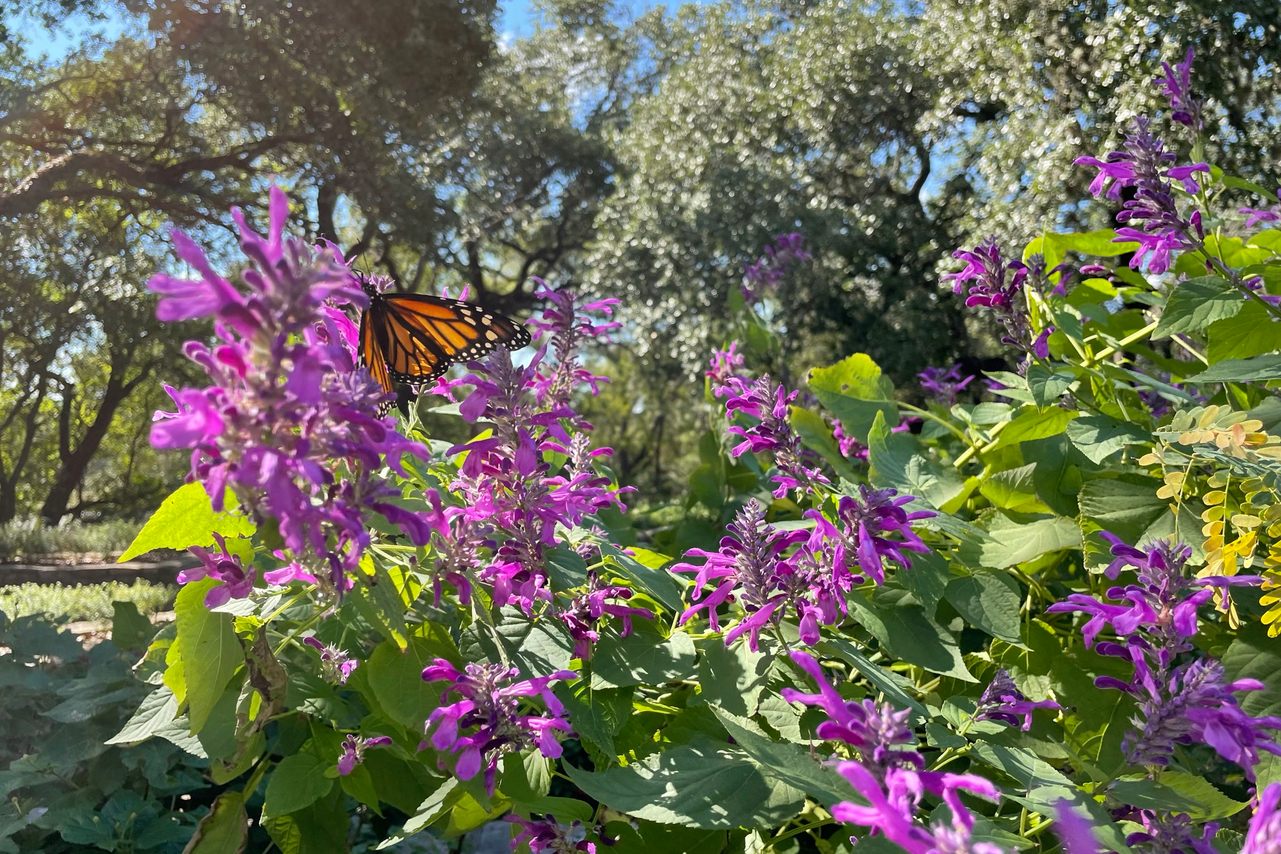
2. Zilker Botanical Garden’s Butterfly Trail
Though bats get most of the attention in Austin, a slower-paced exodus takes place in early fall and spring, as monarch butterflies pass through Texas on their way to and from Canada. Zilker Botanical Garden courts the monarchs with a garden of butterfly-attracting plants such as passion flowers, which resemble big-skirted spinning dancers, and the jagged-trunked “toothache tree.”
2220 Barton Springs Rd, Austin, TX 78746, United States

3. Barton Springs Pool
Visitors to Barton Springs Pool may be surprised to find lifeguards leaving their stands to patrol the grass around the three-acre pool’s banks, gently informing those who break out drinks or snacks that only water is allowed. They’re not just out to kill your buzz: food and drinks are prohibited to protect the ecosystem that supports the endangered Barton Springs Salamander, a tiny, prehistoric-looking amphibian that thrives in the water flowing through the spring-fed pool from the Edwards Aquifer. If you don’t spot one of the salamanders, you can still enjoy an urban safari from the walkway on the pool’s north side, overlooking “Barking Springs.” There, hordes of dogs play in the runoff from the springs, and bathers may safely enjoy their post-swim snacks.
2131 William Barton Dr., Austin, TX 78746
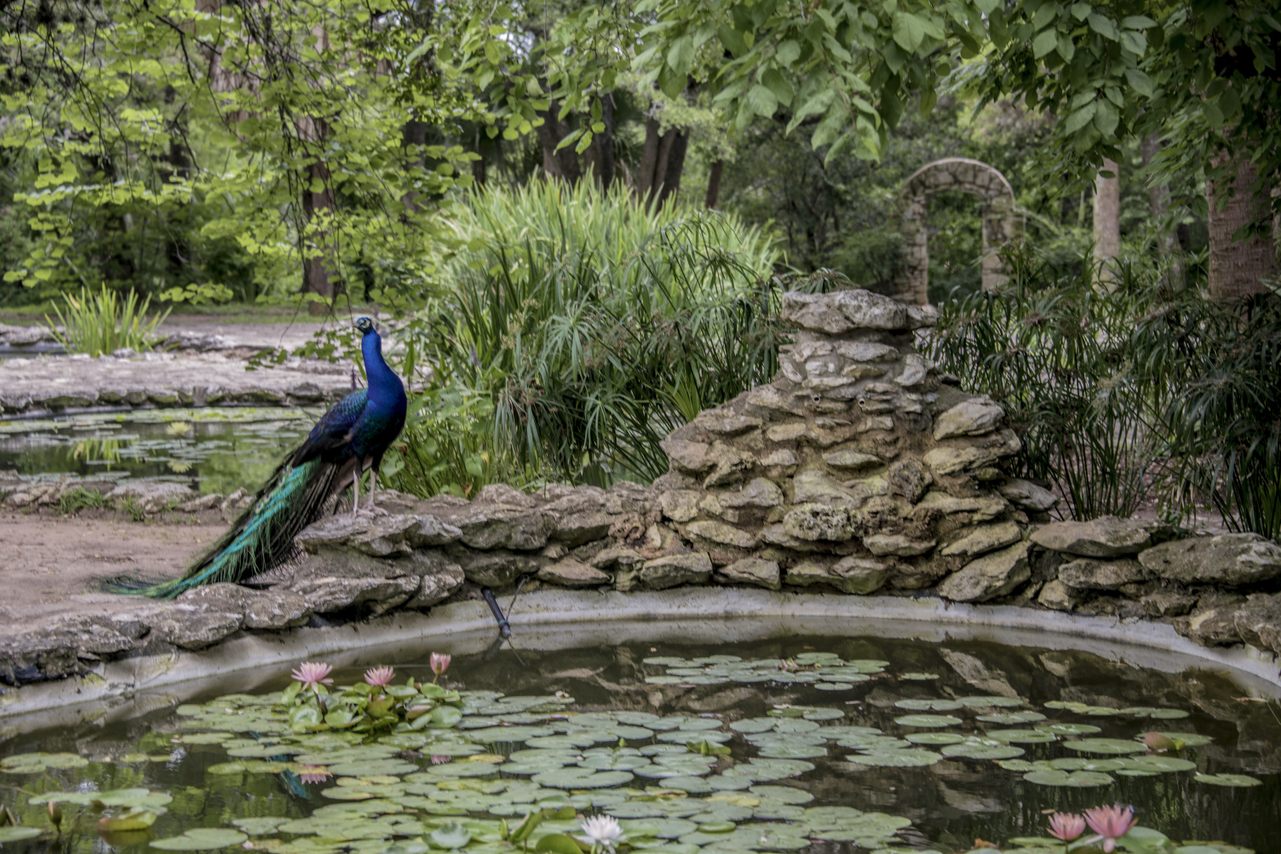
4. Mayfield Park
Austinites drive slowly near Mayfield Park and Nature Preserve, keeping an eye out for the preserve’s resident peacocks. Peafowl have roamed the elegantly landscaped property since 1935, when the ancestors of the current birds were gifted to then-owners Mary Mayfield Gutsch and Milton Gutsch. The estate, as it was, was given to the City to be used as a park after Mayfield Gutsch’s death. The best time to plan a stroll at Mayfield for peacock-watching is late winter through spring, when the males enjoy a mating season glow-up, unfurling the spectacular plumage the birds are known for.
3505 W 35th St, Austin, TX 78703, United States
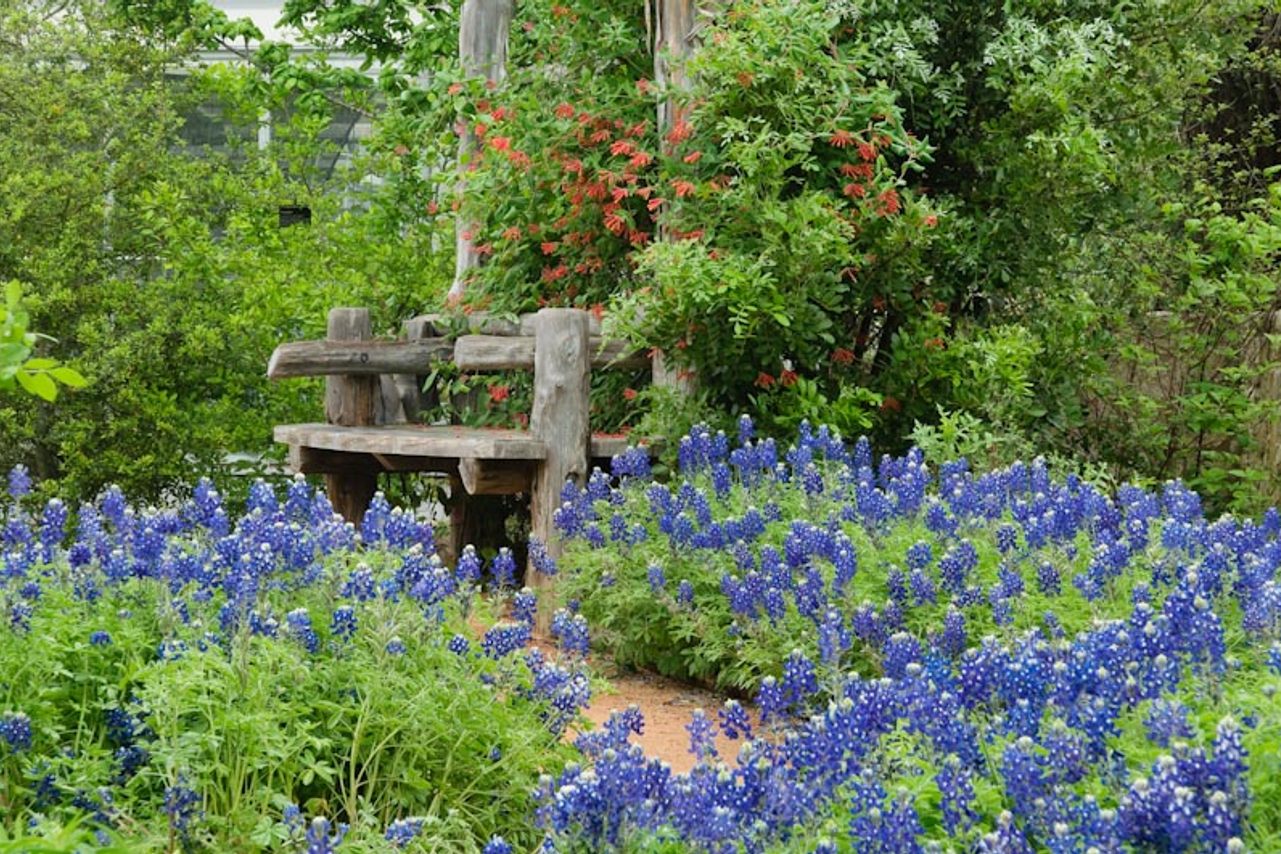
5. Lady Bird Johnson Wildflower Center
Lady Bird Johnson, who served as First Lady in the mid-'60s, was a devout naturalist, and partly responsible for the proliferation of bluebonnets and other wildflowers across Texas every spring. In 1982, along with actress Helen Hayes, Johnson set out to create a center for wildflower research. That center, now the Lady Bird Johnson Wildflower Center, has since moved to a bigger bit of earth in southwest Austin. Especially in the spring and summer, flower peepers can commune with the native plants on the center’s 284 acres, then head down the road to Jester King Brewery to enjoy a beer among the brewery’s herd of friendly goats.
4801 La Crosse Ave, Austin, TX 78739, United States

6. Treaty Oak
Live oaks are celebrities in Austin; many residents have favorites. One such icon is the Treaty Oak, located in a small park west of downtown Austin, which pops up throughout histories of Texas like a beloved character actor. Stephen F. Austin, founder of the first English-speaking settlement in Texas, is thought to have made one of the first territorial agreements with the Comanches near the Treaty Oak; John James Audubon, the naturalist for whom the Audubon Society is named, called the live oak “this king of all Texas trees.” The Treaty Oak has had its haters, too. In 1989, a man named Paul Stedman Cullen poisoned the tree with the herbicide Velpar, apparently in a misplaced gesture of passion for a woman. The oak’s fans donated over $100,000 to rehabilitation efforts, and it is still alive (oak) today.
507 Baylor St, Austin, TX 78703, United States
This post is sponsored by Visit Austin. Click here to explore more.

Gastro Obscura’s 11 Essential Places to Eat and Drink in Bangkok
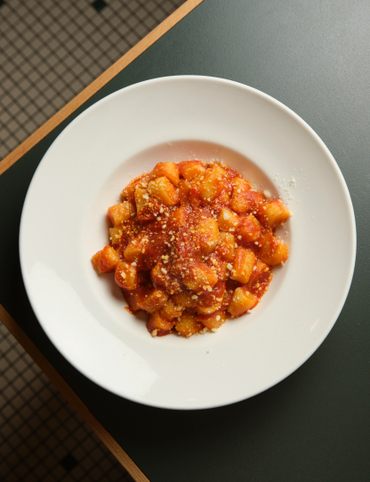
Gastro Obscura’s 10 Essential Places to Eat and Drink in Rome
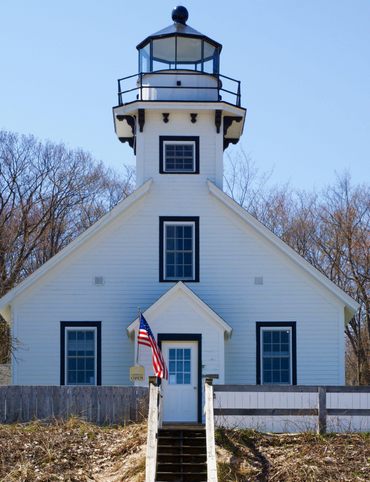
The Explorer’s Guide to Road Tripping Around the Great Lakes

10 National Parks That Are Perfect for a Road Trip
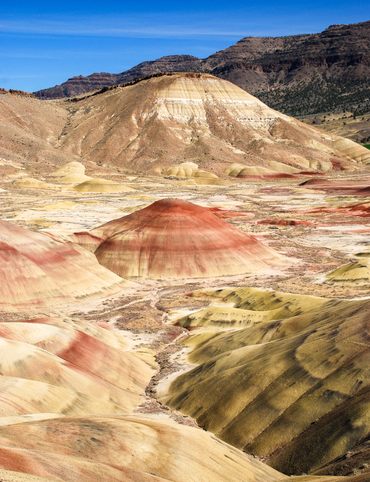
10 Out-of-This-World Places You Can Reach in Your Car
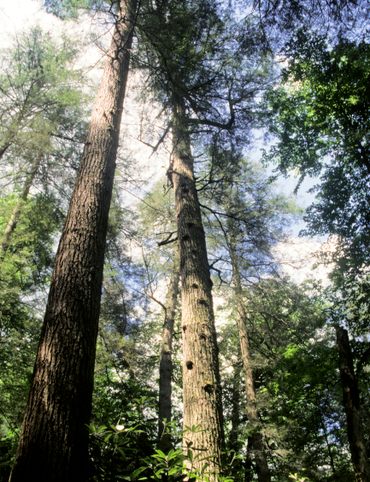
The Explorer’s Guide to Road Tripping Around Appalachia
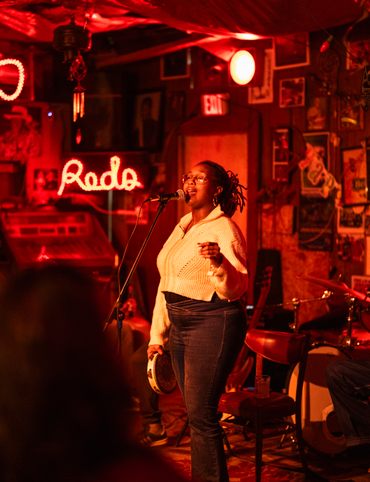
The Explorer’s Guide to Road Tripping Down Highway 61
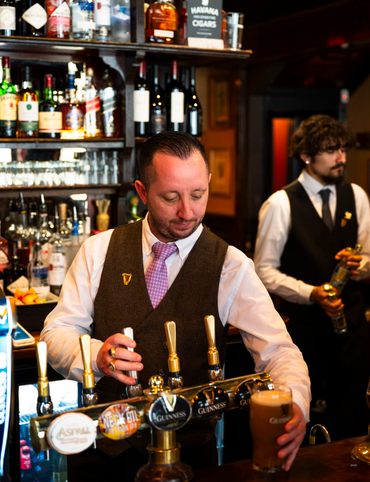
Gastro Obscura’s 10 Essential Stops on an Alternative London Pub Crawl
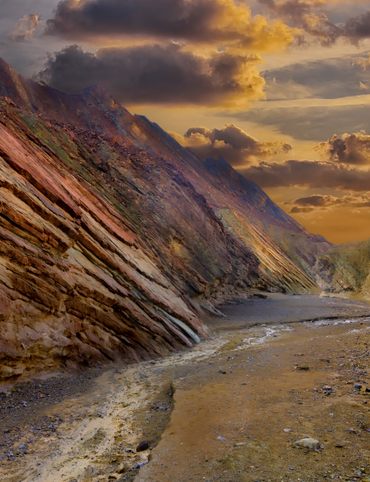
The Explorer’s Guide to Joshua Tree National Park
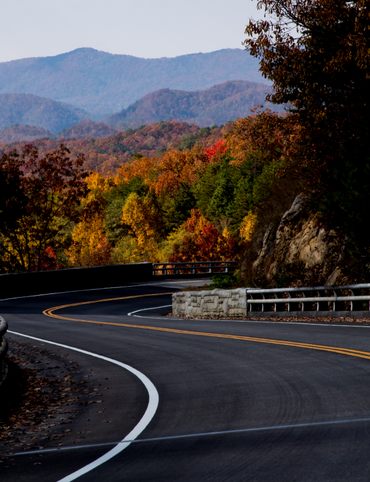
The Explorer’s Guide to the Great Smoky Mountains National Park
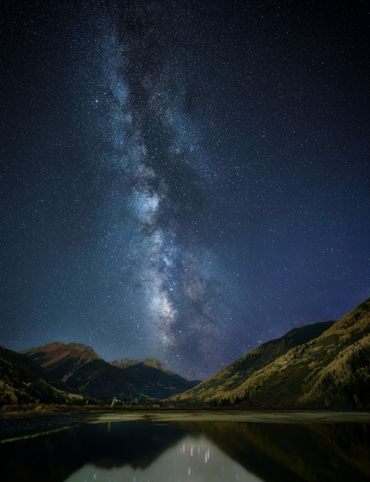
Cosmic Colorado: A Stargazer’s Guide to the Centennial State
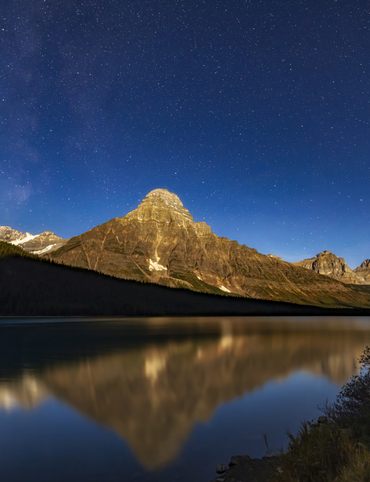
The Explorer’s Guide to Banff National Park

10 Wild Places That Define West Virginia’s Landscape
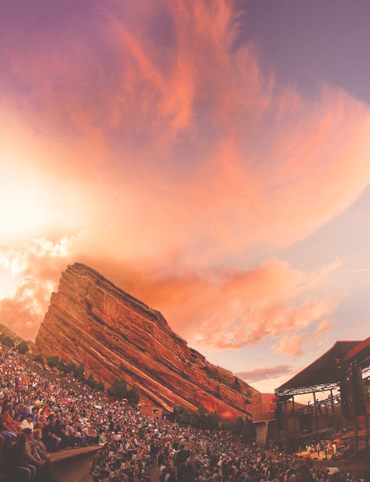
The Ultimate Guide to Hidden Red Rocks: 10 Secret Passageways, Artifacts, and Ghost Stories

The Explorer’s Guide to Williamsburg, Virginia

The Explorer’s Guide to the British Virgin Islands
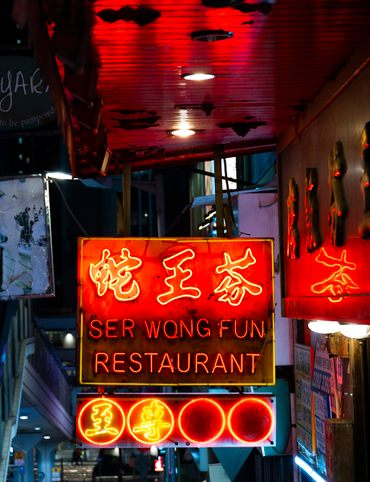
Gastro Obscura’s 10 Essential Places to Eat, Drink, and Shop in Hong Kong

A Denver Guide for National Park Lovers
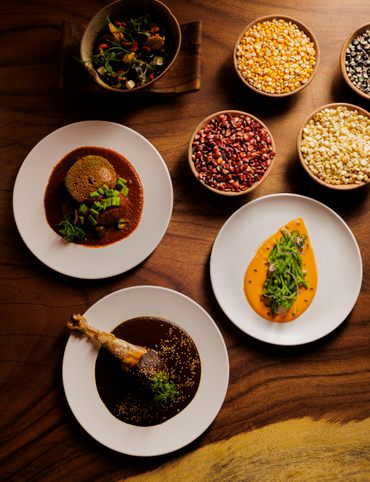
Gastro Obscura’s 10 Essential Places to Eat and Drink in Oaxaca
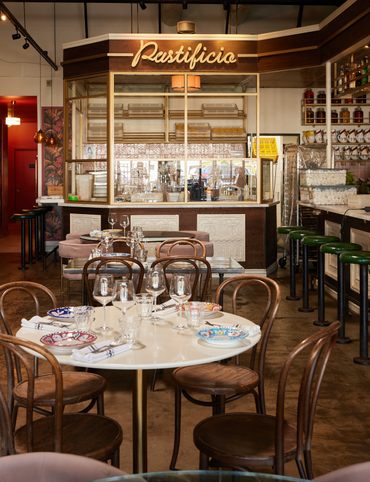
A Gastro Obscura Guide to Family-Friendly Dining in San Diego

The Explorer’s Guide to Outdoor Wonders In Maryland
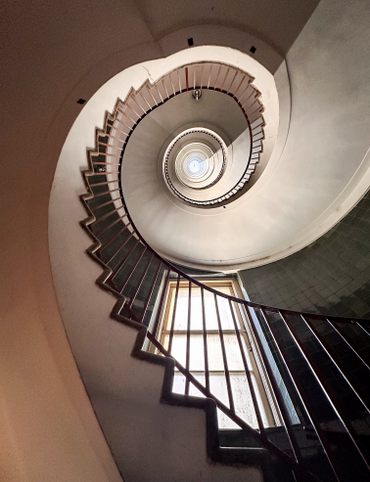
The Secret Lives of Cities: Ljubljana

From Cigar Boom to Culinary Gem: 10 Essential Spots in Ybor City
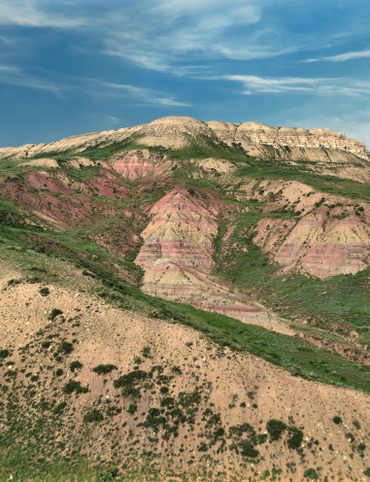
The Explorer’s Guide to Wyoming’s Captivating History

A Nature Lover’s Guide to Sarasota: 9 Wild & Tranquil Spots
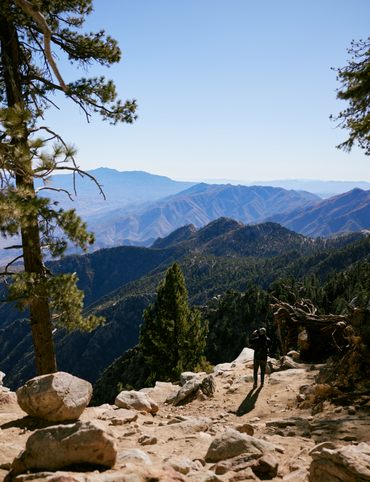
California’s Unbelievable Landscapes: A Guide to Nature’s Masterpieces
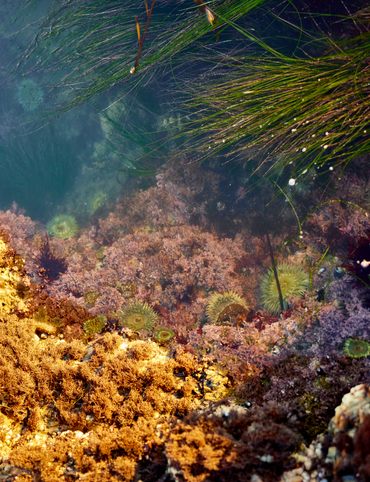
The Ultimate California Guide to Tide Pools and Coastal Marine Life

Explore California on Foot: Nature’s Year-Round Playground
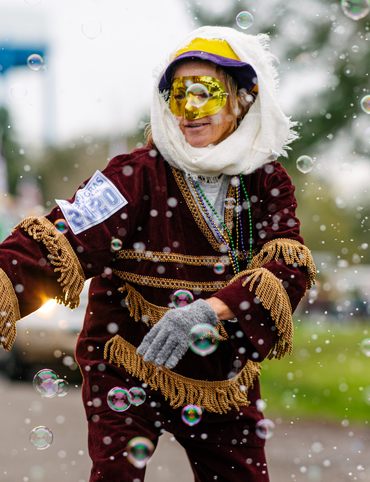
Mardi Gras 9 Ways: Parades, Cajun Music, And Courirs Across Louisiana
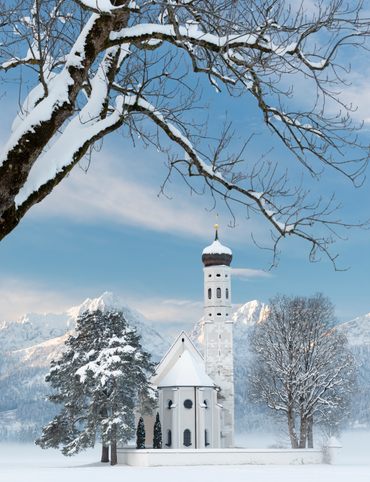
The Explorer’s Guide to Winter in Germany

Ancient California: A Journey Through Time and Prehistoric Places

The Wildest West: Explore California’s Ghost Towns and Gold Fever Legacy

Sweet California: A Culinary Guide to Tasty Treats Across the State

Sea of Wonders: An Itinerary Through California’s Stunning Shoreline
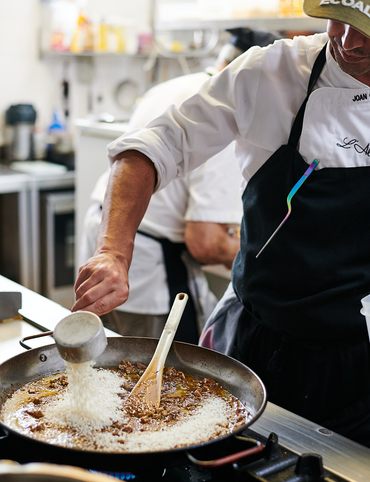
10 Places to Taste Catalonia’s Gastronomic Treasures

Atlas Obscura’s Guide to Palm Springs

Atlas Obscura’s Guide to the 10 Most Mystifying Places in Illinois
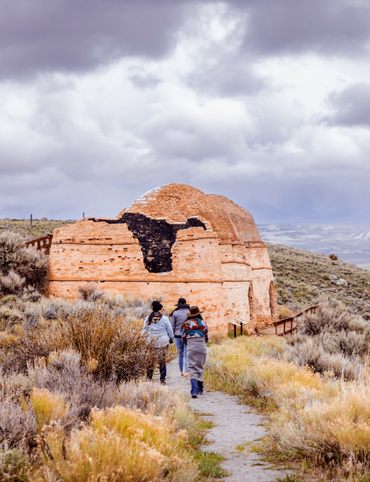
10 Fascinating Sites That Bring Idaho History to Life
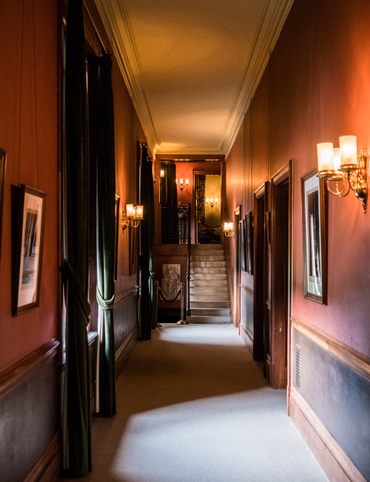
North Carolina's Paranormal Places, Scary Stories, & Local Haunts
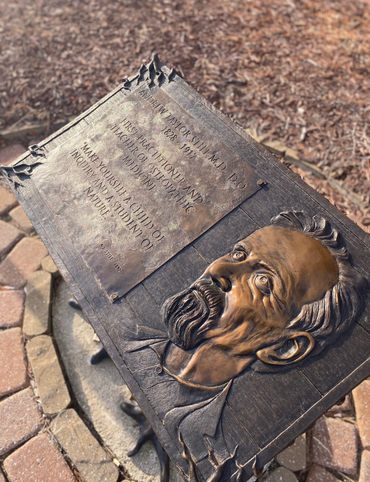
Exploring Missouri’s Legends: Unveiling the Stories Behind the State’s Iconic Figures
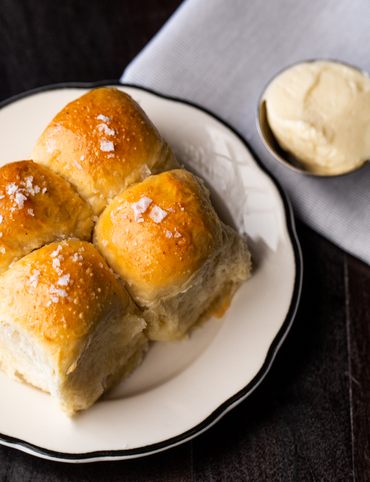
These Restaurants Are Dishing Out Alabama’s Most Distinctive Food
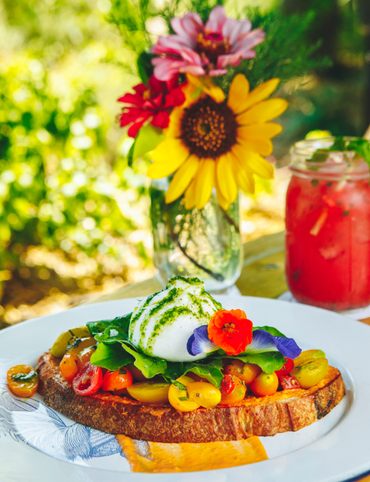
A Gastro Obscura Guide to Los Cabos

9 Watery Wonders on Florida’s Gulf Coast
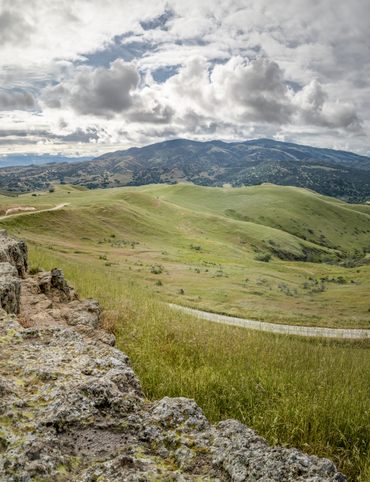
Discover the Surprising and Hidden History of Monterey County

Gastro Obscura’s Guide to Eating Your Way Through Charlotte
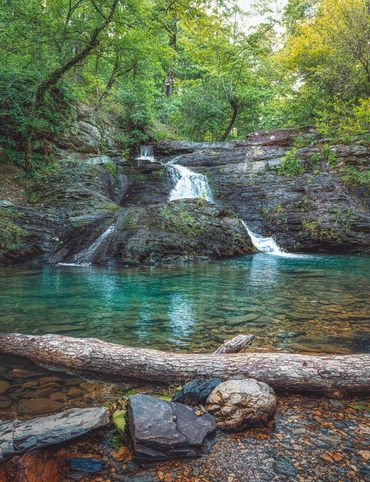
Talimena Scenic Byway: 6 Essential Stops for Your Arkansas Road Trip

9 Amazing Arkansas Adventures Along the Scenic 7 Byway

The Explorer's Guide to Highway 36: The Way of American Genius

A Behind-the-Scenes Guide to DC’s Art and Music
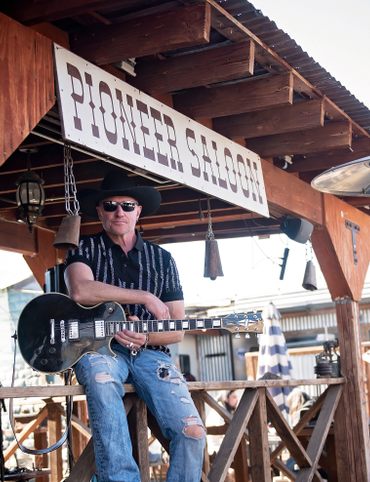
9 Places Near Las Vegas For a Different Kind of Tailgate
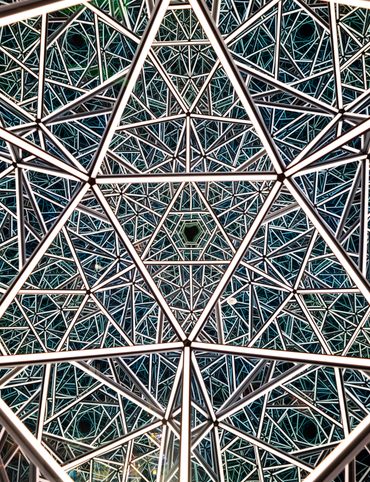
10 Places to See Amazing Art on Florida's Gulf Coast

8 Reasons Why You Should Visit the Bradenton Area

A Music Lover’s Guide to New Orleans
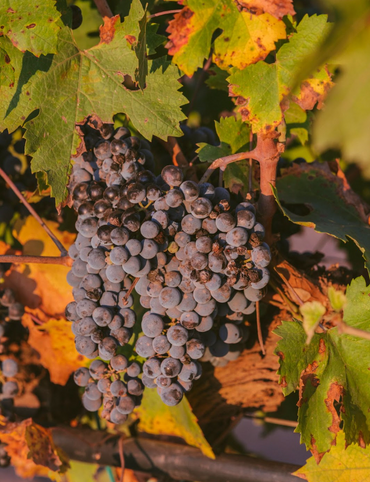
Gastro Obscura’s Guide to Sipping Wine in Catalonia
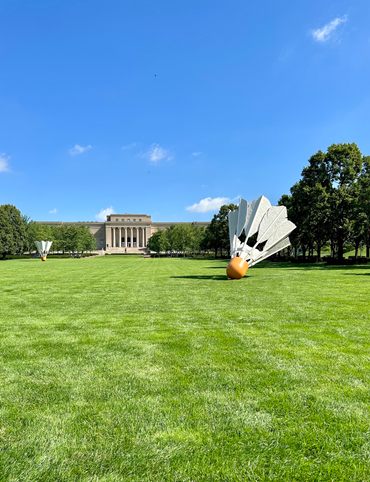
9 Hidden Wonders in the Heart of Kansas City

10 Unexpected Delights of Vermont's Arts and Culture Scene
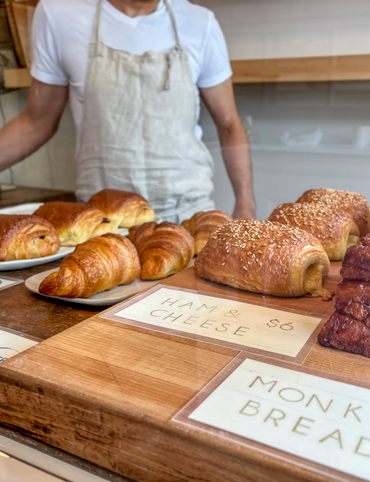
Gastro Obscura’s Guide to Eating Through Maine
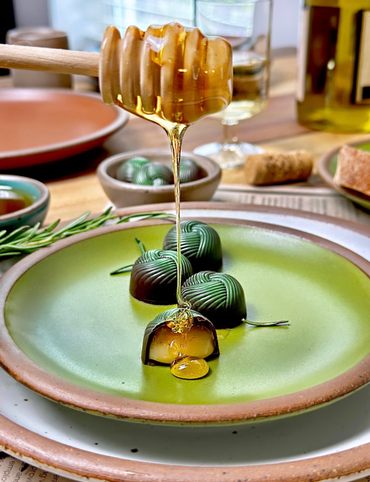
The Gastro Obscura Guide to Asheville Area Eats

Gastro Obscura’s Guide to St. Pete/Clearwater
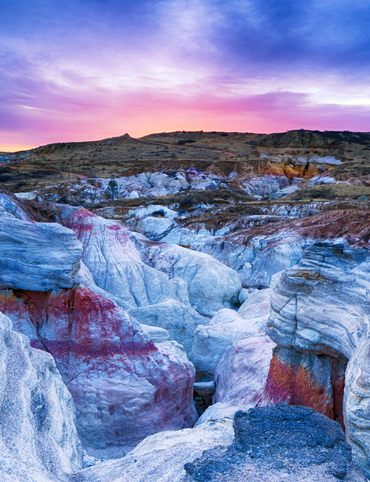
9 Hidden Wonders in Eastern Colorado
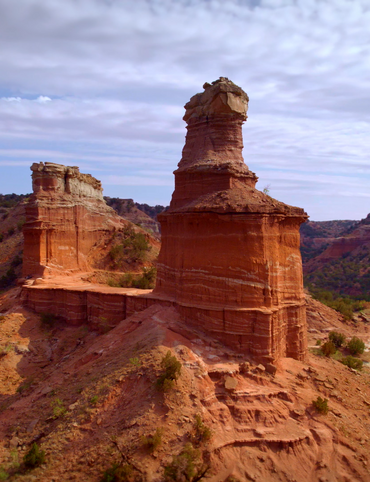
7 Places to Experience Big Wonder in Texas
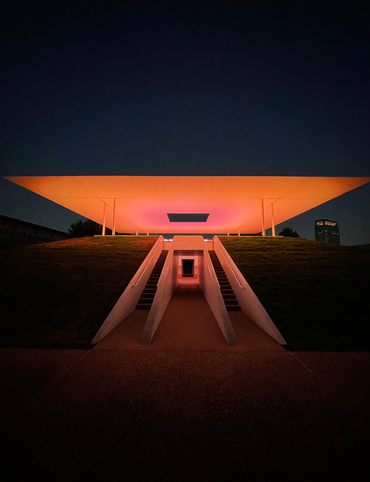
8 Out-There Art Destinations in Texas

6 Ways To See Texas Below the Surface

9 Places to Dive Into Fresh Texas Waters
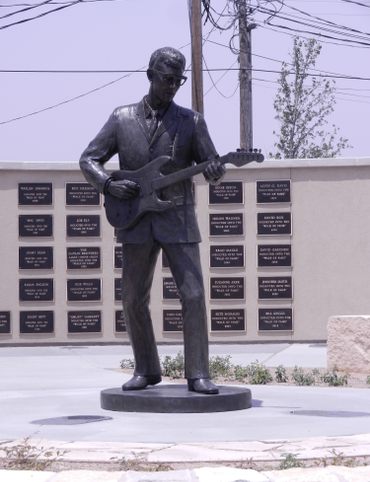
7 Ways to Explore Music (and History) in Texas
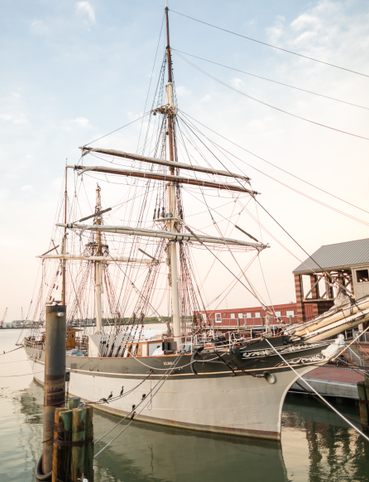
8 Ways to Discover Texas’ Rich History

The Explorer’s Guide to the Northern Territory, Australia
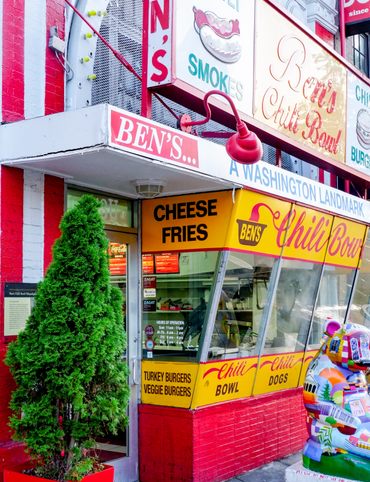
The Explorer's Guide to U Street Corridor
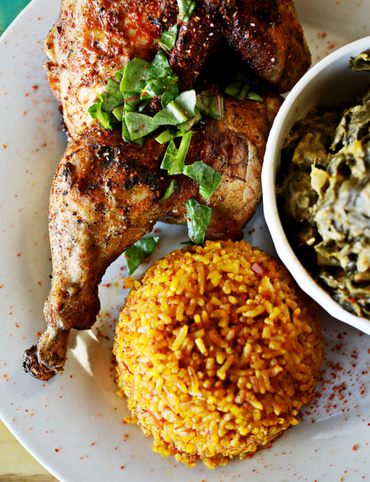
Gastro Obscura Guide to Southern Eats
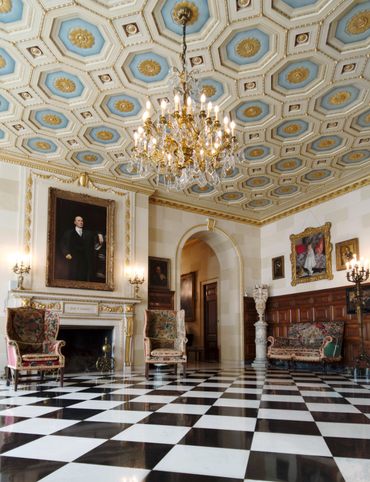
Only In Delaware
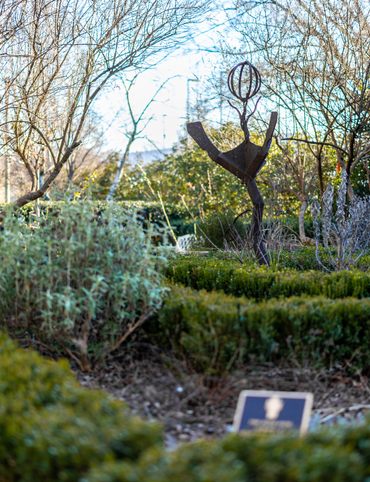
The Secret History & Hidden Wonders of Charlotte, North Carolina
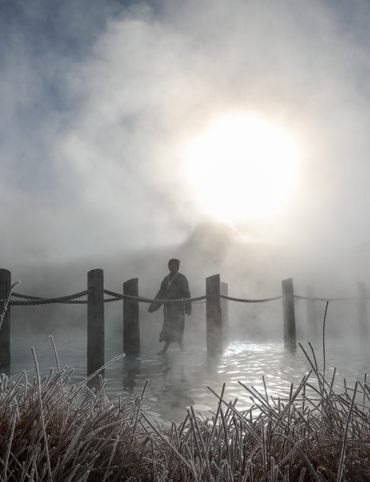
Exploring Colorado's Historic Hot Springs Loop
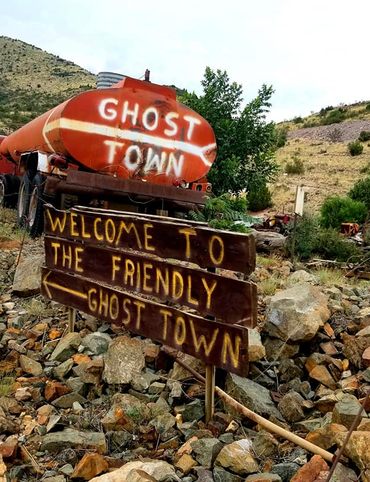
These 8 Arizona Ghost Towns Will Transport You to the Wild West

A Guide to Arizona’s Most Striking Natural Wonders
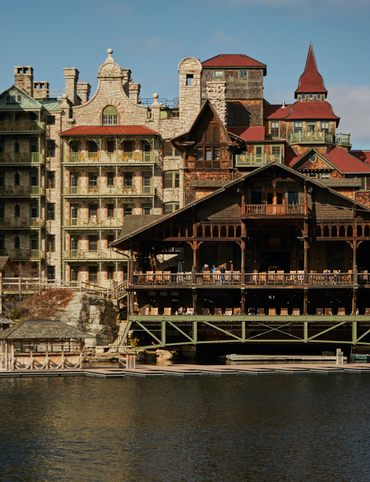
The Explorer's Guide to Hudson Valley, New York

Discover the Endless Beauty of the Pine Tree State

Travel to New Heights Around the Pine Tree State

8 Historical Must-Sees in Granbury, Texas

7 Creative Ways to Take in San Antonio’s Culture
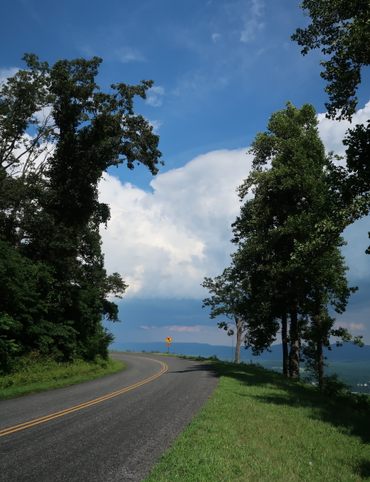
Eat Across the Blue Ridge Parkway
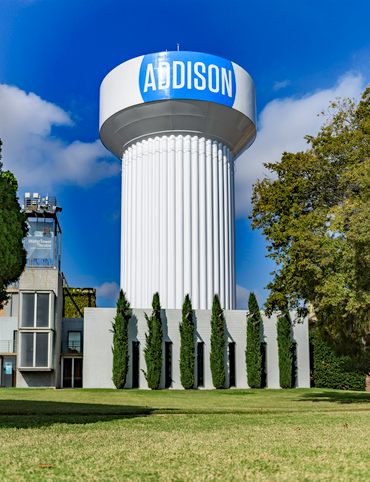
6 Ways to Absorb Addison, Texas’ Arts and Culture

6 Ways to Take in the History of Mesquite, Texas

6 Ways to Soak Up Plano’s Art and Culture
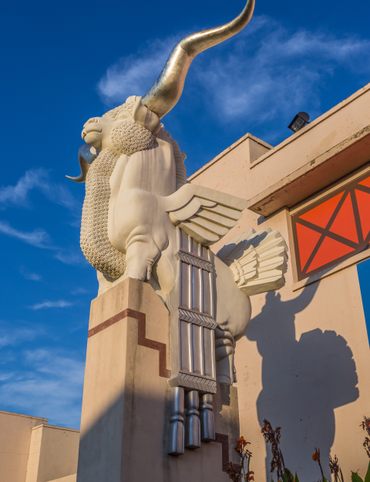
9 Dallas Spots for Unique Art and Culture
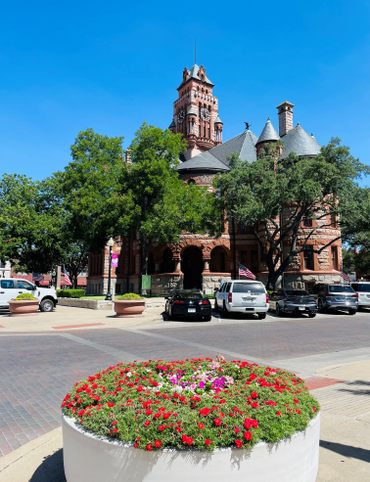
7 Sites of Small-Town History in Waxahachie, Texas
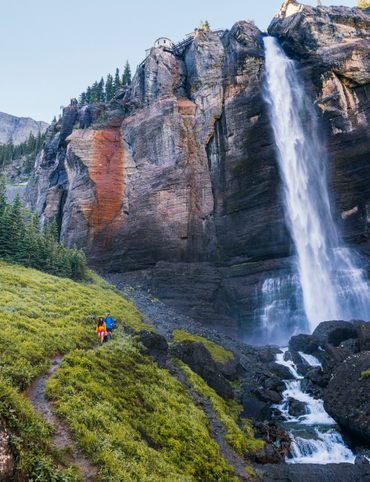
Discover the Secrets of Colorado’s Mountains and Valleys
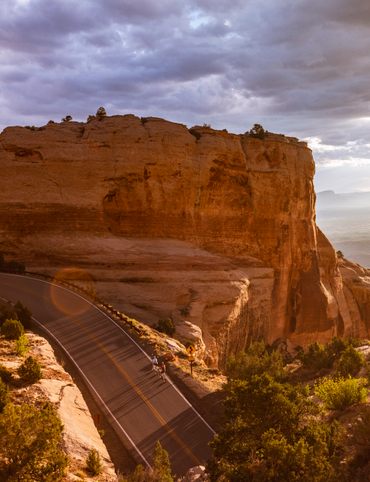
A Road Trip Into Colorado’s Prehistoric Past
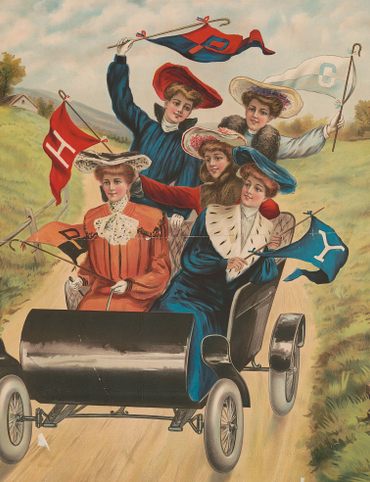
A Feminist Road Trip Across the U.S.
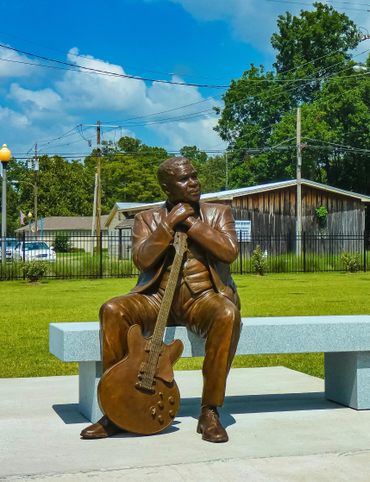
All Points South

Asheville: Off the Beaten Path
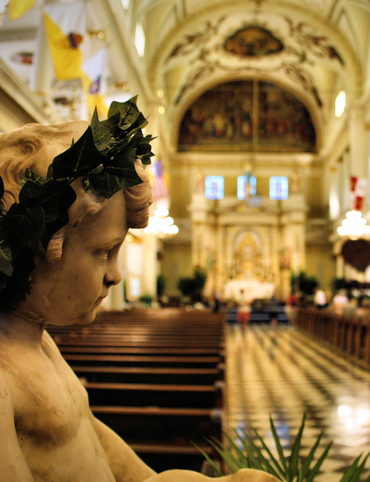
Restless Spirits of Louisiana
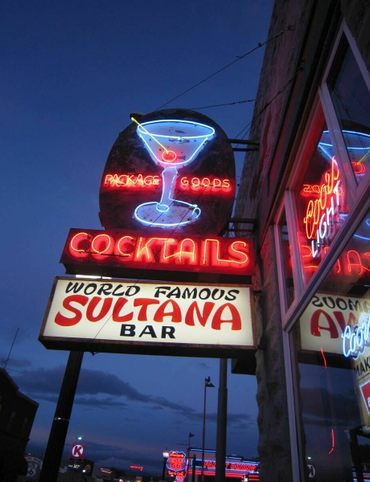
Eat Across Route 66
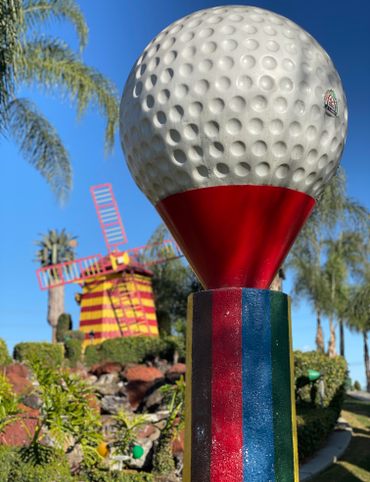
18 Mini Golf Courses You Should Go Out of Your Way to Play

4 Underwater Wonders of Florida

6 Spots Where the World Comes to Delaware
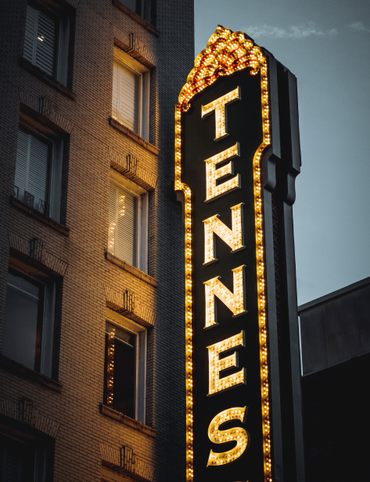
Study Guide: Road Trip from Knoxville to Nashville
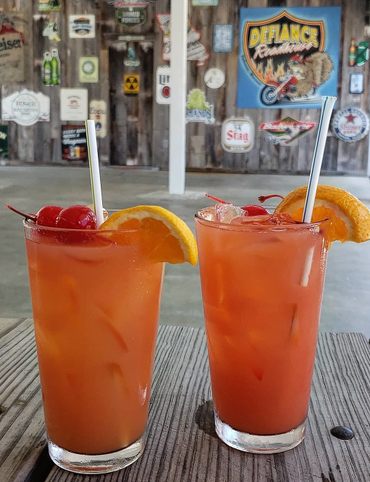
6 Wondrous Places to Get Tipsy in Missouri
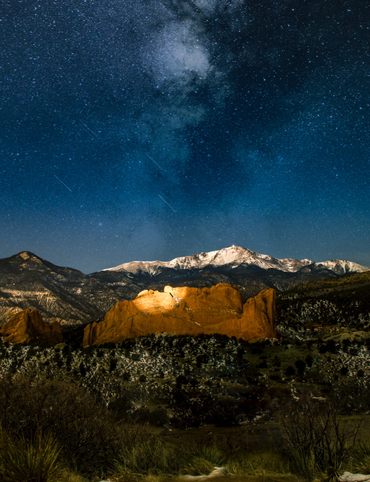
Rogue Routes: The Road to Pikes Peak

Rogue Routes: The Road to Carhenge
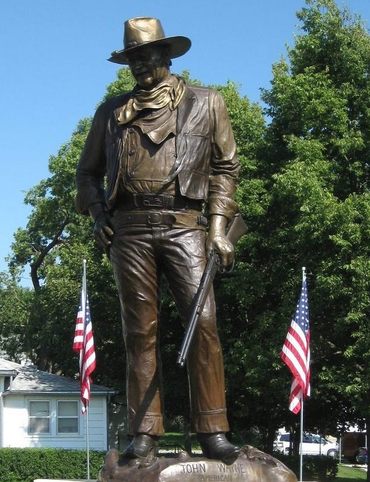
4 Pop-Culture Marvels in Iowa

7 Stone Spectacles in Georgia

6 Stone-Cold Stunners in Idaho
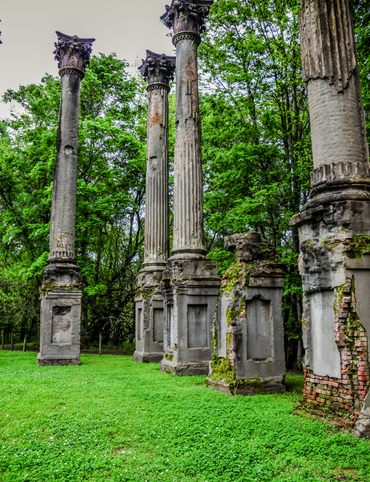
8 Historic Spots to Stop Along Mississippi's Most Famous River
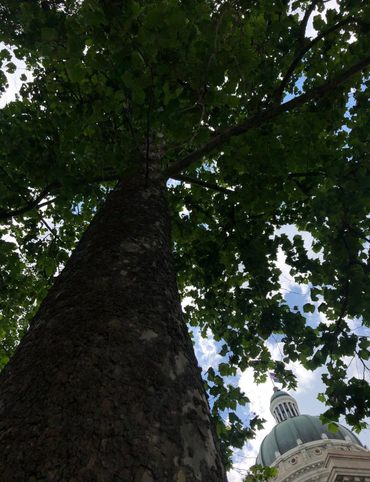
5 Incredible Trees You Can Find Only in Indiana
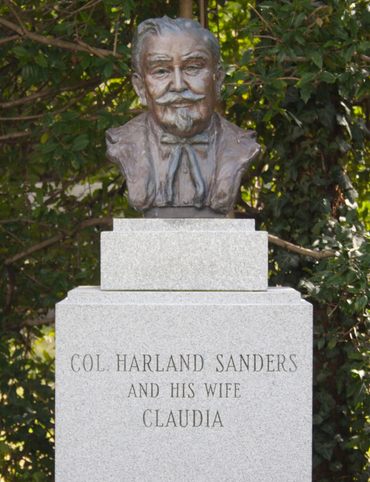
5 Famous and Delightfully Obscure Folks Buried in Kentucky

4 Wacky Wooden Buildings in Wyoming
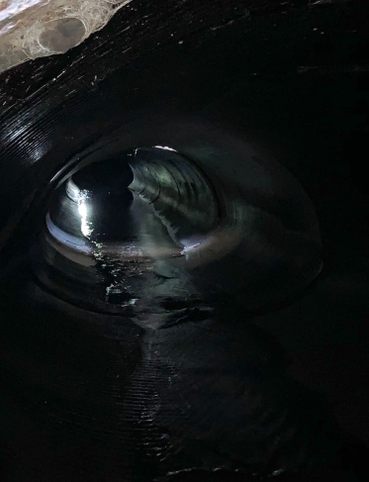
7 Spots to Explore New Jersey’s Horrors, Hauntings, and Hoaxes
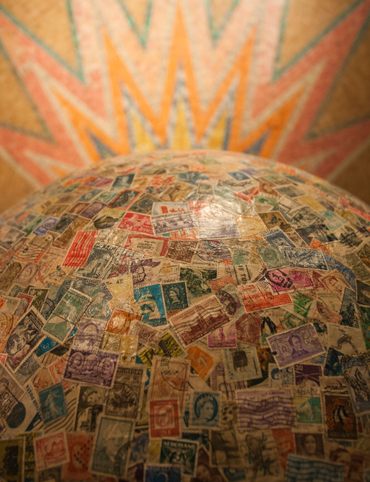
4 Out-There Exhibits Found Only in Nebraska
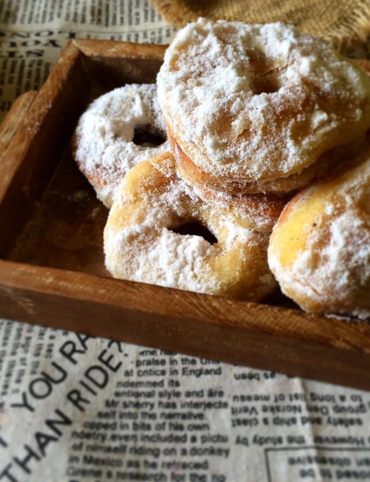
6 Sweet and Savory Snacks Concocted in Utah

12 Places in Massachusetts Where Literature Comes to Life
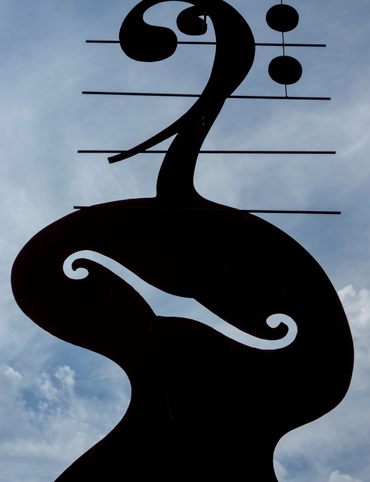
8 Places to Get Musical in Minnesota
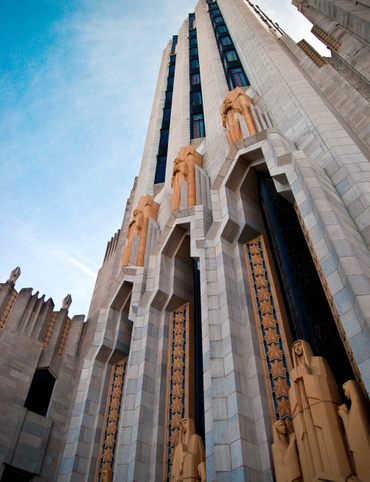
8 Buildings That Prove Oklahoma's an Eclectic Art Paradise
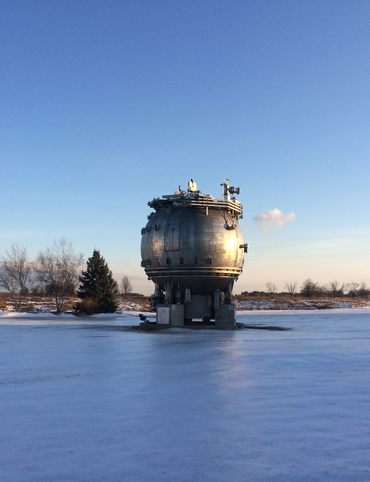
9 Stunning Scientific Sites in Illinois
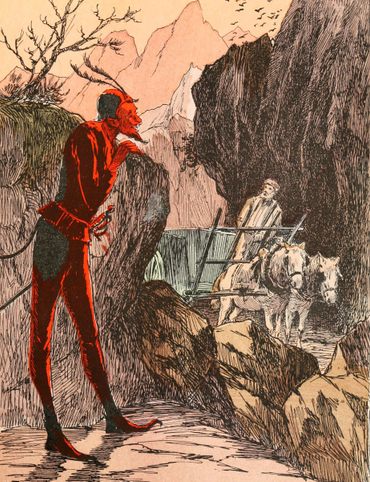
5 Strange and Satanic Spots in New Hampshire
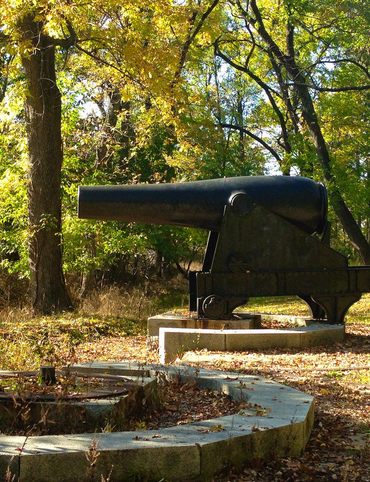
8 Historic Military Relics in Maryland
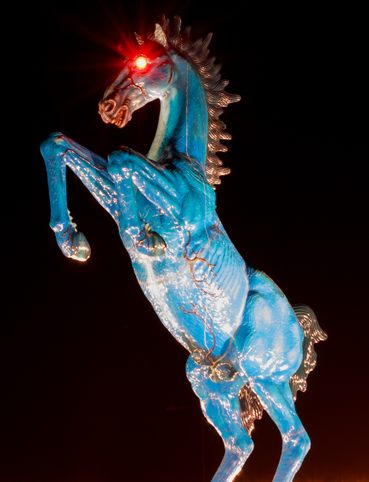
5 of Colorado's Least-Natural Wonders

Rogue Routes: The Road to Sky’s the Limit
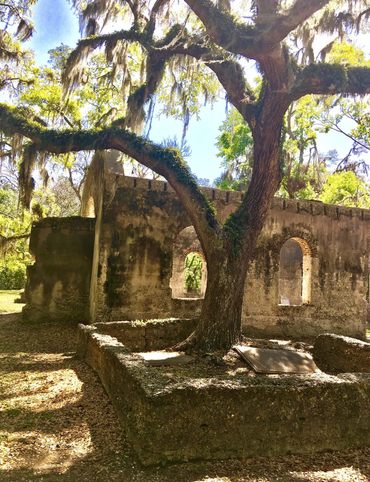
6 Hallowed Grounds in South Carolina

9 Rocking Places in Vermont

Knoxville Study Guide
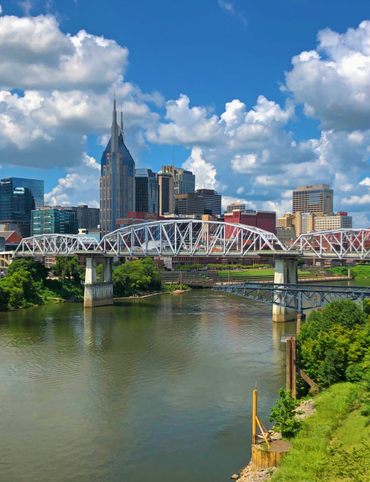
Nashville Study Guide
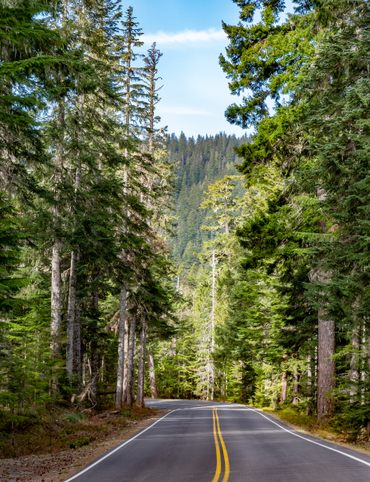
Rogue Routes: The Road to Camp Colton
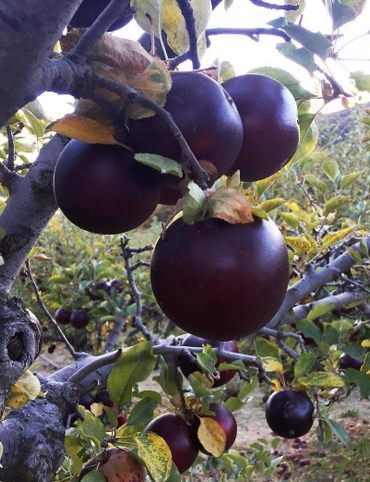
Black Apples and 6 Other Southern Specialties Thriving in Arkansas
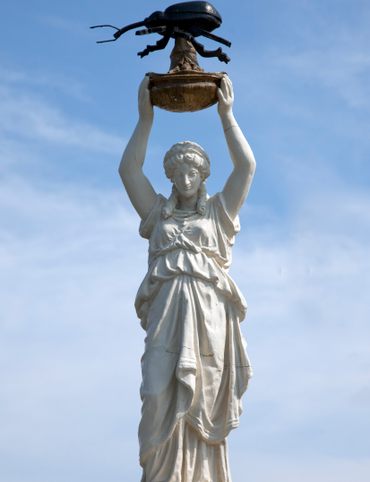
4 Monuments to Alabama’s Beloved Animals

The Dark History of West Virginia in 9 Sites
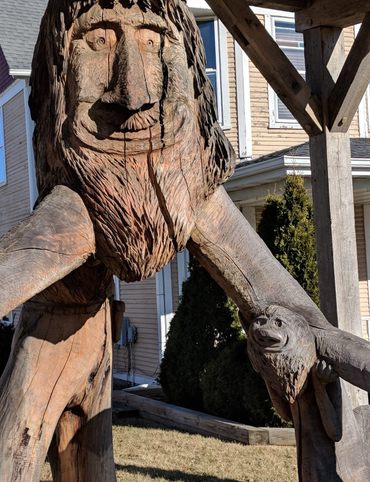
11 Zany Collections That Prove Wisconsin's Quirkiness
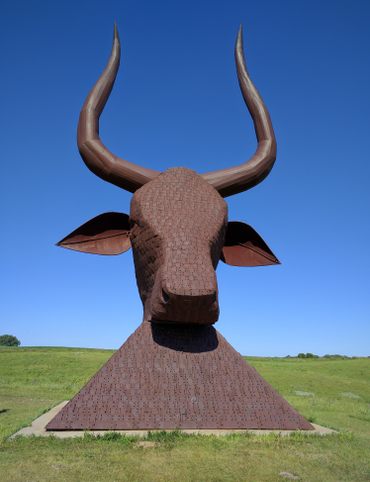
7 Inexplicably Huge Animals in South Dakota
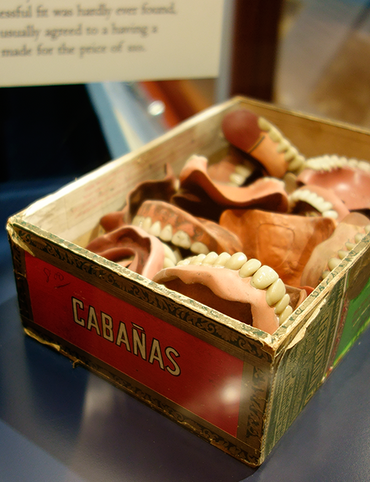
6 Fascinating Medical Marvels in Pennsylvania
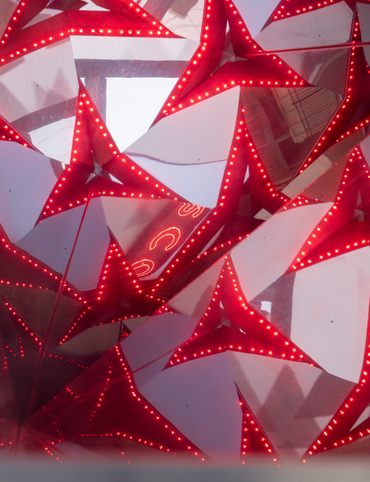
8 Places in Virginia That Aren’t What They Seem
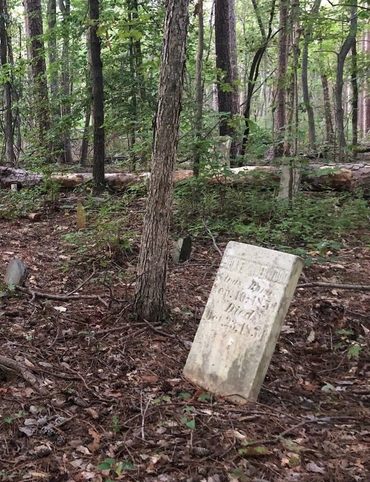
7 Cool, Creepy, and Unusual Graves Found in North Carolina
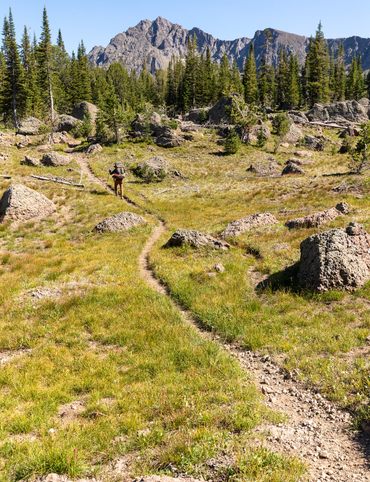
7 of Montana's Spellbinding Stone Structures

9 of Oregon’s Most Fascinating Holes and Hollows

Take to the Skies With These 9 Gravity-Defying Sites in Ohio
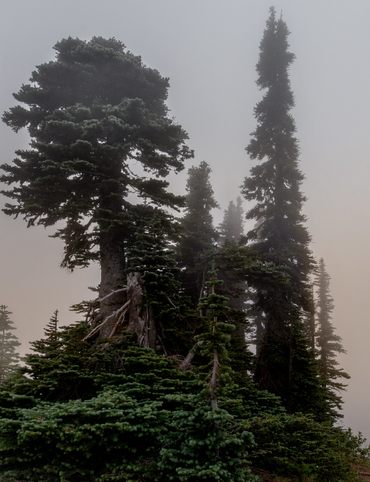
9 Strange and Surreal Spots in Washington State

8 Watery Wonders in Hawaiʻi, Without Setting Foot in the Ocean

6 Unusual Eats Curiously Cooked Up in Connecticut

11 Close Encounters With Aliens and Explosions in New Mexico

10 Places to Trip Way Out in Kansas
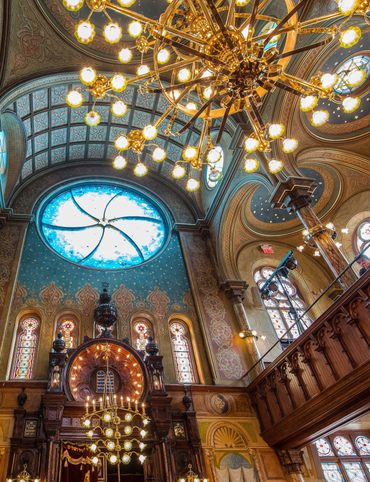
The Resilience of New York in 10 Remarkable Sites

7 Very Tall Things in Very Flat North Dakota
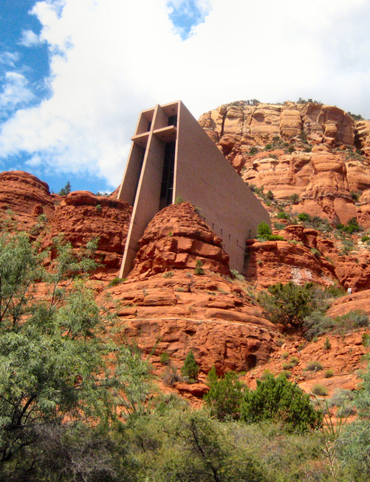
8 Blissfully Shady Spots to Escape the Arizona Sun
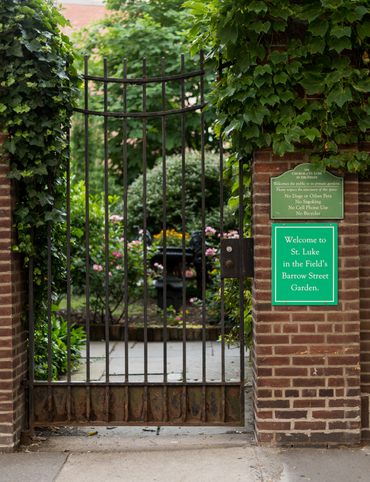
On the Run: NYC

On the Run: Los Angeles

9 Surprisingly Ancient Marvels in Modern California

10 Art Installations That Prove Everything's Bigger in Texas

6 Huge Things in Tiny Rhode Island

7 Underground Thrills Only Found in Tennessee

Sink Into 7 of Louisiana's Swampiest Secrets

7 Mechanical Marvels in Michigan

11 Wholesome Spots in Nevada

7 Places to Glimpse Maine's Rich Railroad History

11 Places Where Alaska Bursts Into Color

9 Places in D.C. That You're Probably Never Allowed to Go

2 Perfect Days in Pensacola

Rogue Routes: The Road to the Ice Castles

Taste of Tucson

North Iceland’s Untamed Coast

Hidden Edinburgh

Hidden Haight-Ashbury

The Many Flavors of NYC’s Five Boroughs

Hidden French Quarter

The Metropolitan Museum of Art

Motown to Music City Road Trip

Gulf Coast Road Trip

Hidden Coachella Valley

Highland Park

Venice

L.A.’s Downtown Arts District

Hidden Trafalgar Square

Secrets of NYC’s Five Boroughs

Mexico City's Centro Histórico

Hidden Hollywood

Hidden Times Square

Summer Radio Road-Trip

Amsterdam

Buenos Aires

Chicago

Detroit

Lisbon

Miami

Queens

San Diego






